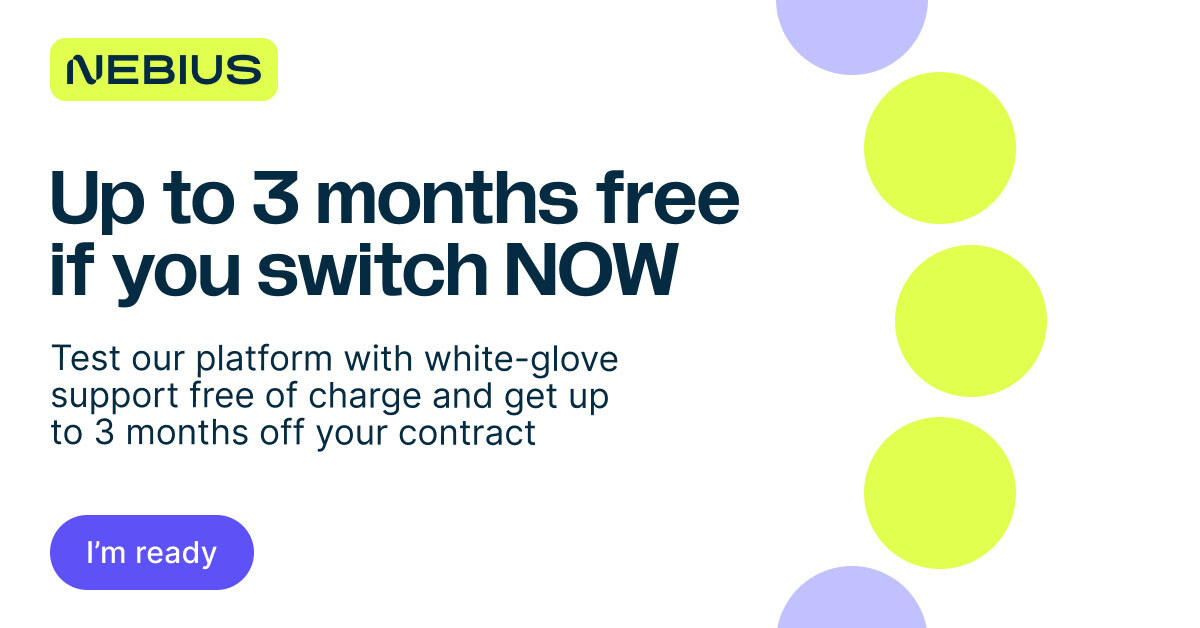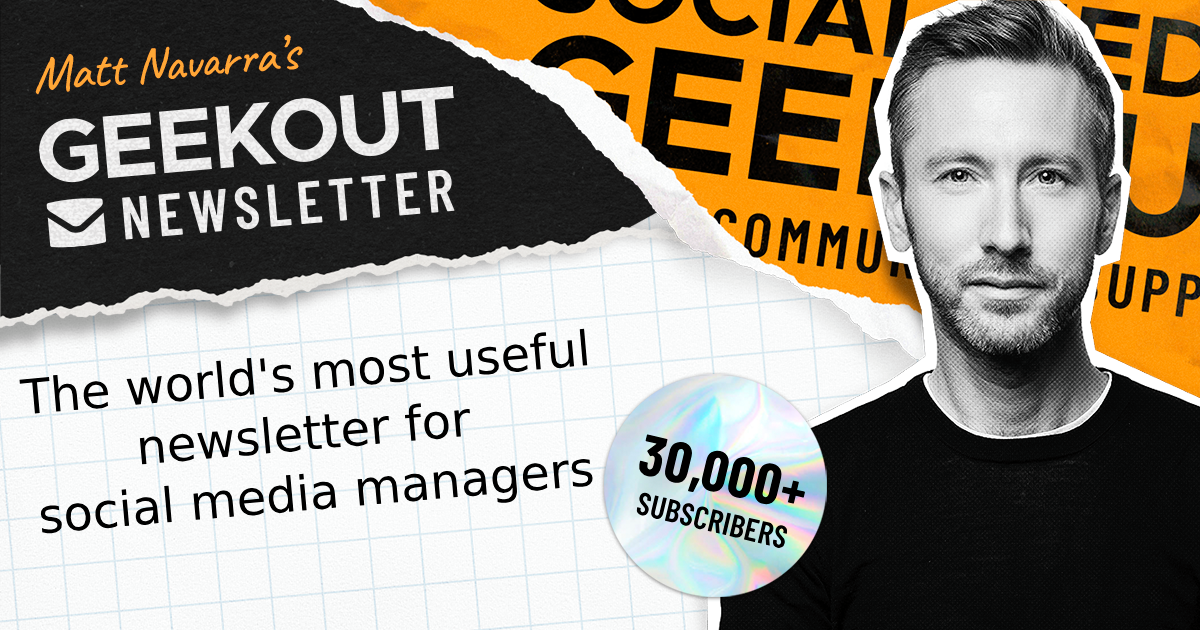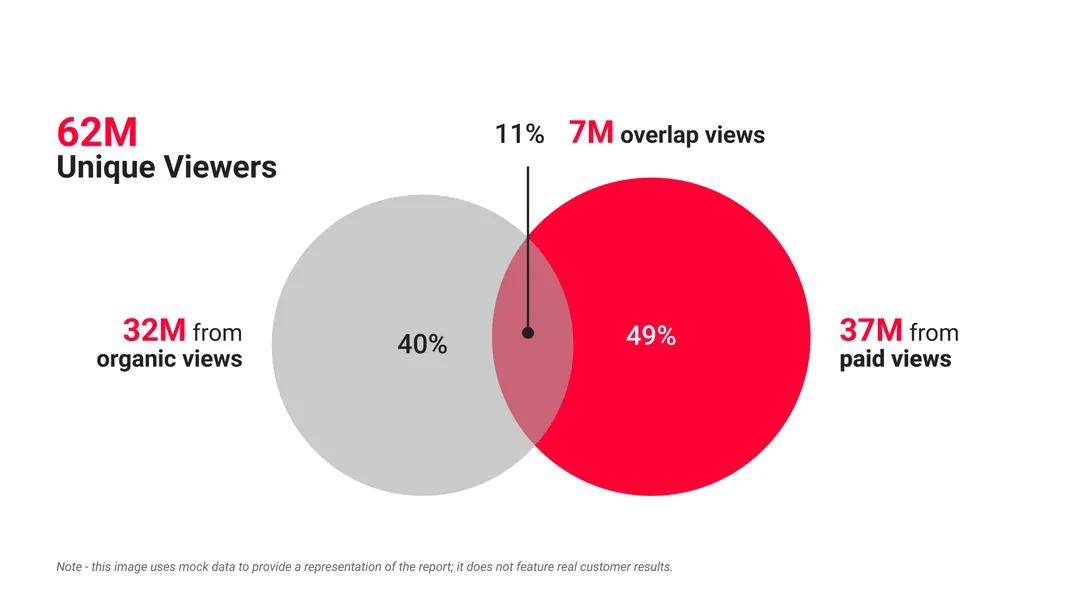Holiday ads dying quietly?
⚡️Not every bad ad fails loudly. Most die quietly, YouTube & Google Analytics Unify Ad Measurement, and more!

Hey there Smarty 👋
Are you geared up to catch the latest and greatest in quick shorts?
And just a quick heads-up! If you stumbled upon us through a friend, make sure to subscribe here! That way, you’ll never miss out on the trending shorts.

Together with Nebius
Your Next Campaign > Your Next Cloud Invoice

Your ad budget shouldn’t be paying for someone else’s GPU delays. Yet every week on AWS or Azure, surprise invoices pile up while models idle in queues, burning the runway you need for growth.
With Nebius, you’ll see this right away:
- Free migration & 3 months free, savings start immediately
- 30–50 % lower GPU spend with consistent $2/hr pricing
- Training large models up to 50 % quicker with instant scaling
Teams like Recraft and Captions already run production workloads on Nebius, citing stable clusters, quick support, and zero launch delays, proof that the platform can handle serious scale without hidden fees.
Switch to Nebius and lock in your free months before your next cloud bill hits!

⚡️ The Ads That Die Quietly
Not every bad ad fails loudly. Most die quietly, buried in a scroll, skipped in half a second, never disliked, just unseen. And here’s the twist: they don’t die because they’re bad. They die because they’re familiar.
The real killer of creative performance isn’t just weak editing or weak offers. It’s rhythm.
The same tone, same camera move, same problem-solution pattern repeated until the human brain stops registering it as new. The scroll doesn’t punish weak ads. It punishes predictable ones.
The Familiarity Ceiling
The brain has one simple rule for attention: anything predictable becomes invisible.
We mistake consistency for safety, using the same brand colors, same influencer tone, same hook formula, but that sameness becomes a pattern the audience’s brain learns to skip.
The sweet spot sits between novelty and familiarity: something that feels like your brand but doesn’t behave like your last ad. Every top-performing creative team this year hit that balance by breaking their own code, not the industry’s.
- A haircare brand opened with a customer’s text rant instead of a testimonial.
- A skincare label started with a failure clip before showing results.
- A tech brand used meme pacing for a premium product.
None of them were random. They were surgical about breaking one thing that everyone else followed.
The Entropy of Good Ideas
Every concept decays. The first time it runs, it feels fresh.
The fifth time, it feels expected. By the tenth, it’s just background noise.
That’s the law of creative entropy, and it’s accelerating faster than ever because algorithms now train audiences to anticipate formats. So, the fix isn’t new templates. It’s new tension. Change what your audience thinks they’re about to see, not who you are.
The Pattern Interruption Test
Before approving your next round of ads, ask yourself:
- Does this break one rule my category worships?
- Can a viewer guess the next frame?
- Would it still make sense if my competitor posted it?
If you answer “no, yes, yes,” you’ve already lost.
Why This Matters Now
As Meta and TikTok optimize for creative similarity, your “safe” variations are actually becoming anti-performance moves. Ad fatigue isn’t creative death, it’s pattern recognition.
The algorithm knows when you’ve stopped evolving before your audience does. The next big wins won’t come from louder scripts or bigger budgets. They’ll come from brands brave enough to surprise their own followers.
Because the new creative currency isn’t polish. It’s unpredictability with purpose. Your ad doesn’t need to be perfect. It just needs to be the one they don’t expect.

Together with Geekout
The Only Social Media Update That Actually Matters

If you’re still spending hours scrolling X, Reddit, and blog posts just to stay current, you’re already behind. Every missed update means your brand reacts instead of leads.
Here’s the shortcut 30,000+ social media pros use: Geekout Newsletter by Matt Navarra.
It’s read by Apple, Disney, and TikTok’s own teams every Friday for one reason, it saves them hours of research and gives them the edge before everyone else catches on.
Inside every Friday issue:
• Every new platform update, tool, and feature in one place.
• Trending memes and creator strategies driving real engagement.
• Expert commentary that actually explains what to do next.
Stop playing catch-up. Start leading conversations.
Subscribe today and get the only newsletter trusted by the world’s smartest social teams!

📊 YouTube & Google Analytics Unify Ad Measurement
YouTube and Google rolled out major updates to connect brand visibility and ad performance across platforms. YouTube’s Brand Pulse Report uses AI to track every brand mention across videos, while Google Analytics now imports Meta and TikTok cost data for full cross-channel ROI analysis.

The Breakdown:
1️⃣ YouTube’s Brand Pulse Launch - Brand Pulse detects brand mentions in logos, audio, and visuals across YouTube videos. It introduces Total Unique Viewers and Share of Watch Time to link paid and organic reach. Advertisers can now measure how creator and UGC content amplify brand campaigns.
2️⃣ Actionable Cross-Channel Insights - The dashboard connects paid and organic performance, revealing how ads spark community engagement. Marketers can identify high-performing organic videos and boost them through paid spend.
3️⃣ Google Analytics Integration Update - Advertisers can now automatically import Meta and TikTok ad costs into Google Analytics. The system supports up to 24 months of historical data and updates in real time. It removes manual uploads, unifying performance reporting across Google, Meta, and TikTok.
4️⃣ Smarter Performance Benchmarking - These integrations create a single hub for spend, conversion, and ROI tracking. Marketers can directly compare cross-platform efficiency to optimize ad budgets faster.
Together, these updates give brands a 360° view of visibility and spend efficiency. Advertisers can now measure creative influence, paid reach, and cost impact in one place. This unified lens finally connects creator-driven storytelling with hard performance data, closing the gap between awareness and ROI.

🚀Quick Hits
🕵️ Researchers found that simply adding fake 2025 dates can trick AI models like ChatGPT, GPT-4o, and LLaMA-3 into ranking old content higher, proving recency often beats relevance in AI search.
🛍️ Discounts fueled Amazon’s Big Deal Days, average orders hit $45, with 53% of households buying twice and 58% of shoppers “very satisfied” with deals, citing price drops as their top motivation.
🛒 So far, 90% of Amazon Prime Big Deal Days shoppers knew about the sale, 63% joined July’s event too, and only 23% bought holiday gifts, but 85% plan to shop on Amazon again soon.
🤖 A new Yext study of 6.8M AI citations found 86% of AI answers come from brand-controlled sources, proving ChatGPT, Gemini, and Perplexity rely more on websites and listings than Reddit.

That’s a wrap for today! Tell us your thoughts about today's content as we line up more Shorts! And don’t hesitate to share this with someone who’d adore it. 🥰
